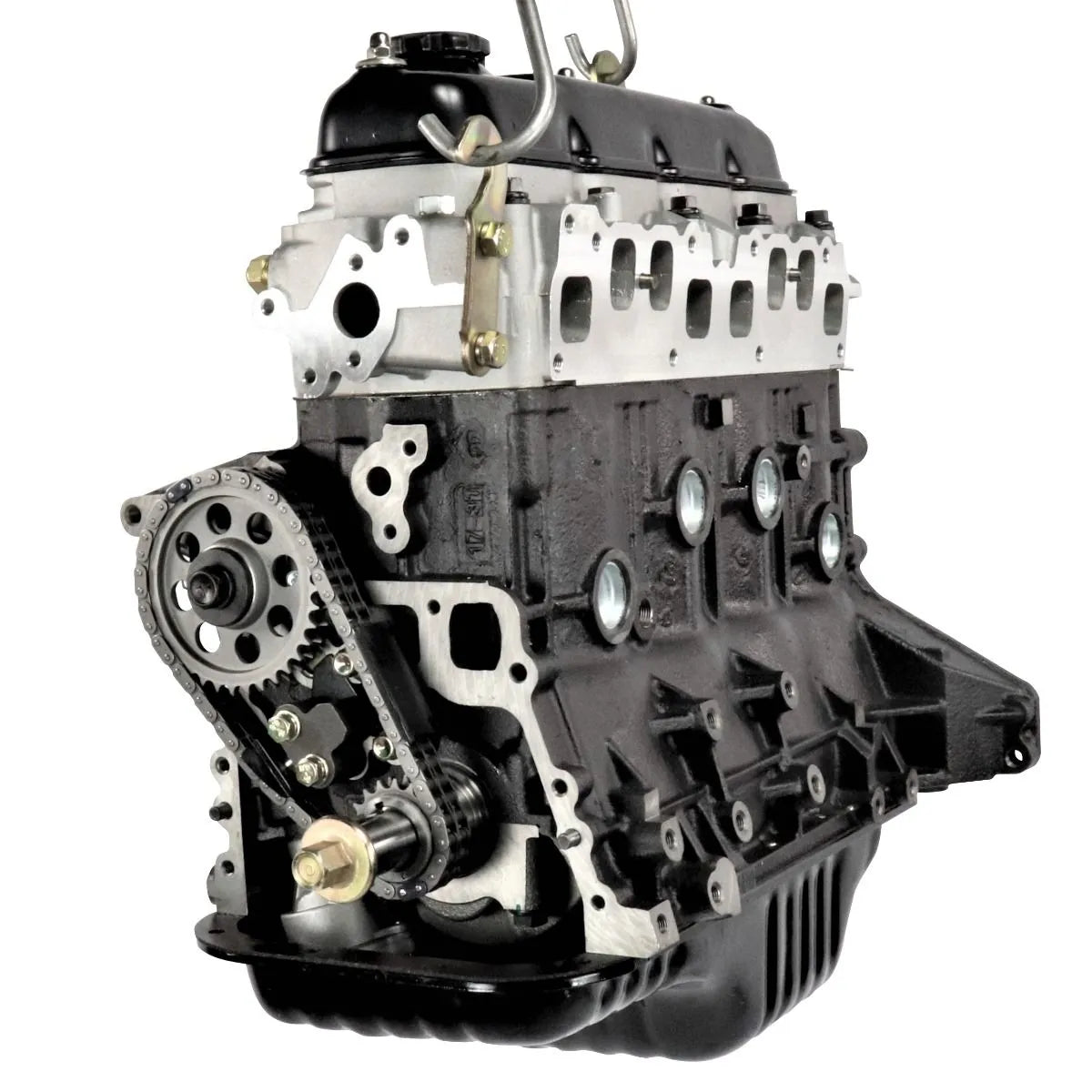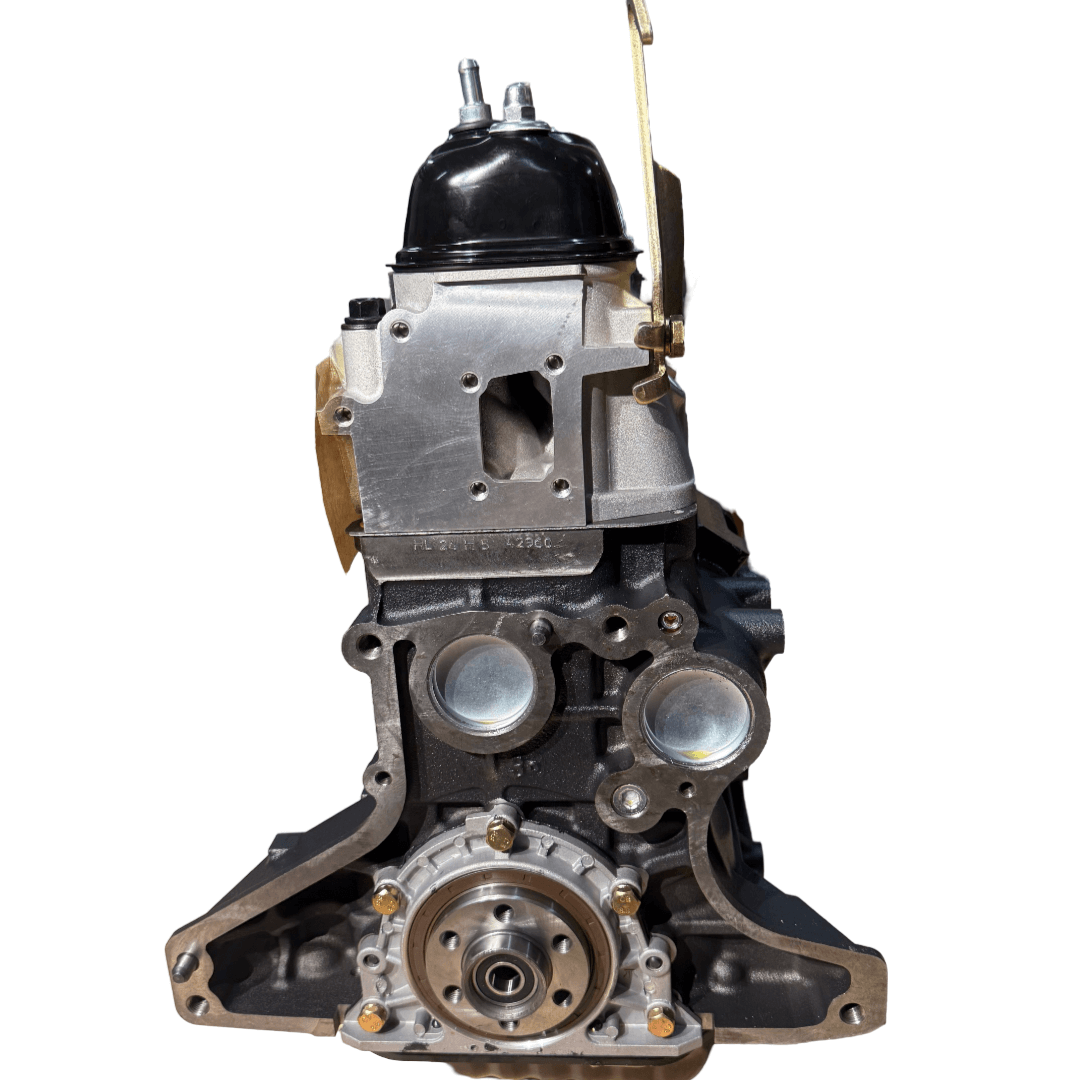Checking Out the Different Kinds of Engine: Which One Fits Your Demands?
Internal combustion engines proceed to dominate due to their dependability, while electrical engines are obtaining grip for their sustainability. Hybrid engines provide a functional compromise, and diesel engines stand out for their power in demanding applications.

Internal Burning Engines
Interior burning engines (ICEs) are the foundation of modern transport, powering a huge array of lorries from cars and trucks to airplanes. These engines operate the principle of transforming fuel into power through a collection of controlled surges within a combustion chamber. One of the most common kinds of ICEs include fuel engines, diesel motor, and rotary engines, each designed to satisfy particular performance and efficiency needs.
Fuel engines normally use trigger ignition, while diesel engines depend on compression ignition, resulting in distinctive differences in fuel performance and power output (4y engine). Rotating engines, or Wankel engines, provide a small layout and smooth operation, however are much less commonly utilized in mainstream applications
ICEs have actually undertaken substantial innovations in technology, including the introduction of turbocharging and gas shot systems, which boost total performance and efficiency. In spite of their efficiency improvements, ICEs face raising analysis due to their ecological effect, particularly concerning greenhouse gas emissions.
Electric Engines
As concerns concerning ecological sustainability and nonrenewable fuel source reliance grow, electrical engines have become an engaging choice to interior combustion engines. These engines utilize electrical motors powered by batteries or fuel cells, providing a cleaner and a lot more effective means of propulsion.
Among the main advantages of electrical engines is their minimized emissions. Unlike traditional engines that melt fossil fuels, electric engines generate no tailpipe emissions, dramatically reducing air pollution and adding to improved public wellness. Furthermore, the performance of electrical motors frequently goes beyond that of interior burning engines, converting a greater percentage of energy from the power source into usable power for movement.
Electric engines are likewise notable for their silent operation, making them excellent for metropolitan settings. 4y engine. The simplicity of their layout results in less moving components, which can lead to minimized maintenance expenses and enhanced integrity gradually
However, obstacles stay, including battery production influences, charging facilities, and array restrictions. Regardless of these obstacles, the expanding financial investment in electric vehicle technology and renewable resource sources factors toward a promising future for electrical engines, positioned to play an essential function in the change towards sustainable transportation.
Hybrid Engines
Mixing the benefits of both conventional and electric interior burning engines, hybrid engines stand for a functional solution in the quest for effective and lasting transport. These engines incorporate a fuel or diesel motor with an electrical motor, permitting improved fuel efficiency and lowered discharges contrasted to traditional automobiles.
Crossbreed engines run in a number of settings, using the electrical motor for low-speed driving and the interior combustion engine for higher speeds or when more power is needed. This dynamic procedure not just boosts gas economic situation yet additionally adds to a smoother driving experience. Regenerative stopping is one more important attribute, catching energy normally shed during braking and redirecting it to recharge the battery.

As customers progressively prioritize eco-friendliness, crossbreed engines stick out as a useful selection, using an efficient equilibrium of performance, efficiency, and ecological obligation. This flexibility makes them appropriate for urban travelling and long-distance travel alike.
Diesel Motor
Effectiveness and power are characteristics of diesel motor, which have actually long been preferred for their effectiveness and fuel economy. These engines operate on the concept of compression ignition, where air is pressed to a heat prior to gas is injected, sparking it without the requirement for trigger plugs. This procedure allows diesel motor to accomplish greater thermal efficiency contrasted to fuel engines, equating right into better fuel gas mileage and lower carbon dioxide exhausts.
Diesel motor are especially appropriate for durable applications such as vehicles, buses, and commercial machinery, where torque and sturdiness are extremely important. Their design usually consists of more powerful parts to hold up against the greater stress generated during procedure, resulting in longer solution life and decreased upkeep costs.

Alternative Gas Engines
While diesel motor have lengthy dominated the landscape of heavy-duty power sources, alternative gas engines are obtaining grip as viable options for a more lasting future. These engines utilize a variety of fuels, such as compressed natural gas (CNG), hydrogen, ethanol, and gas, intending to reduce greenhouse gas discharges and dependence on fossil gas.
One substantial benefit of different gas engines is their possible to reduced carbon footprints. CNG engines give off fewer toxins contrasted to conventional diesel engines, making them appropriate for urban transportation systems and fleets looking for to enhance air quality. Ethanol, originated from biomass, not just minimizes discharges but additionally sustains farming economic situations.
Hydrogen gas cells stand for a cutting-edge growth in this world, offering zero-emission power via a chemical response between hydrogen and oxygen. Nonetheless, difficulties such as facilities development and manufacturing costs continue to be challenges to widespread fostering - 4y engine.
Conclusion
Internal combustion engines provide reliability, while electrical engines focus on sustainability and minimized maintenance. Hybrid engines incorporate the benefits of both, improving effectiveness, whereas diesel engines offer exceptional power and torque for heavy-duty applications.
Crossbreed engines supply a flexible compromise, and diesel engines stand out for their power in demanding applications. The most common types of ICEs my latest blog post include gasoline engines, diesel engines, and rotary engines, each developed to satisfy specific performance and performance demands.
Unlike try this site traditional engines that shed fossil fuels, electrical engines generate zero tailpipe discharges, dramatically lowering air pollution and contributing to enhanced public health and wellness.Crossbreed engines run in several modes, using the electric motor for low-speed driving and the inner burning engine for greater speeds or when even more power is needed. Hybrid engines integrate the advantages of both, improving effectiveness, whereas diesel engines offer exceptional power and torque for durable applications.